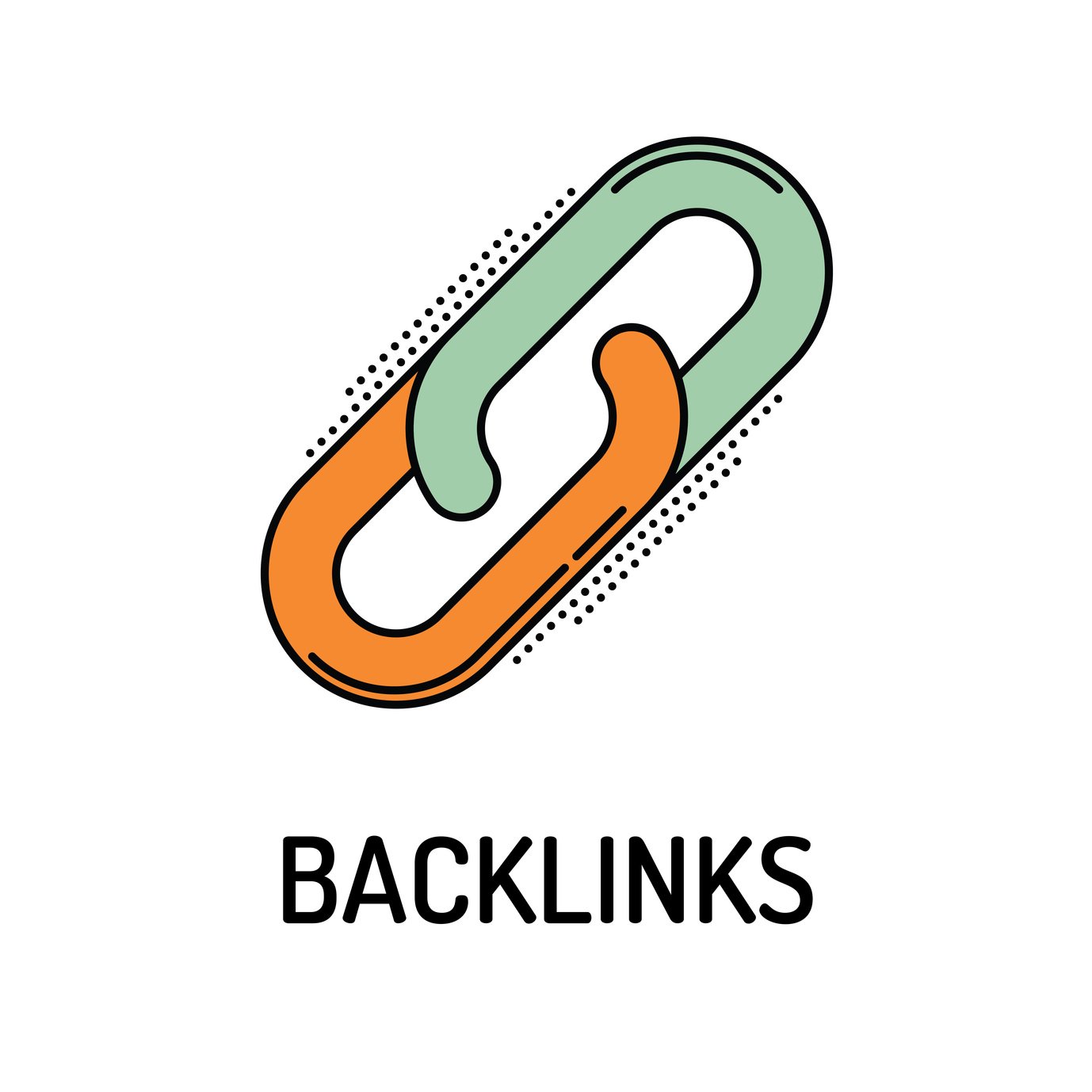Starting your own business is exciting–you’re taking your ideas and putting them out into the world to try to help others while building a legacy for yourself.
At the beginning, it’s easy to feel overwhelmed, especially with search engine optimization, or SEO.
You might wonder if you can just skip SEO for now, but the truth is you can’t afford to. There are many ways to market your business, and SEO should be one of your top concerns.
This is because SEO now touches on every aspect of digital marketing. If you plan to have a website, and you hope to draw customers or clients with that site, you need SEO and you need it from the start.
While many practices like social media are important, and in fact can influence SEO, search is the top factor in driving traffic to websites, outpacing social media by 300%.
However, even though you can’t ignore SEO, this doesn’t mean you have to tackle every aspect of it right away.
We’ve put together this SEO checklist to help you focus your initial efforts where you’ll get the most benefit. Start out with these five SEO tasks, and you’ll be well on your way to developing healthy SEO practices for your website and business.
SEO Checklist for Startups
SEO involves so much that if you try to focus on it all, you might miss opportunities. Scaling your SEO practices with your business growth is a better idea. Start with these five tasks:
- Technical Optimization
- Backlinks
- Content
- Security
- Analytics
Let’s delve into some more detail with each one to give you a better idea of their importance for your startup.
Technical Optimization
This tops our SEO checklist because if your website doesn’t operate properly, no one will want to use it. User experience is important to SEO because it’s important to the people browsing your site. What are some technical goals for your website?
- Speed. Your site needs to deliver information as quick as lightning or users will lose interest in waiting.
- Flow. Your users need to be able to navigate your website in a way that makes sense.
- Responsiveness. Your website needs to look–and function–on desktops, mobile phones, and tablets without making text tiny or skewing images.
These are great starting points to get your website up and running the right way from the beginning.
Backlinks
The main goal of SEO is to get more traffic to your website. One way to do that is with backlinks. Backlinks are hyperlinks that point back to your website.
Sounds simple, right? Getting them the right way is important. If you get your backlinks the wrong way, it can cost you. You might see increased traffic at first, but when search engines figure it out, they might penalize your site making it impossible to get decent traffic.
Getting backlinks from a reputable SEO source is crucial.
Content Is Still King
Years ago, Bill Gates coined the phrase, “Content is king.” It was as true when he first said it in 1996 as it is now. In fact, content marketing can lead to a 40% increase in revenue.
At least, content marketing done the right way can garner such results. Content can be everything from your blog to your email newsletter, to the text on your website.
Content needs to address users’ concerns. You can answer questions, provide engaging information, and build a relationship with online visitors, all with content. Research, create and market your content with the end user and their search in mind, and you’ll find more success than if you haphazardly throw some words up on a page.
Security
With the expansion of the internet, privacy and protecting financial and identifying information became paramount in the minds of users. That focus still exists and is actually stronger than ever. You need to have a secure site, especially if you’re going to sell products or services online.
Not only does a secure site save you the work of fixing a breach should one happen on a non-secure site, but it also tells users that you care about their privacy and you’re willing to take steps to protect it.
Creating a great user experience is necessary for successful SEO, so we had to include security on our SEO checklist.
Analytics
Analytics allow you to monitor your site’s SEO performance. You’ll be able to see everything from where visitors are coming from to how they behave on the site. Some behaviors you will want to track include:
- Time on the site
- User flow (which pages they clicked on)
- Pages per visit
- New versus returning visitors
- Bounce rate
- Landing pages (which pages on your website draw users in)
- Exits (which pages they view last before leaving your website)
- Conversions
You might think that because your business is new, there’s nothing to track. The thing to remember about analytics though is you can’t go back in time to retrieve data from before you started tracking.
Start tracking now, even if you’re only getting a few visits each day. You might want to draw comparisons later down the line and you won’t have any data to compare to a year from now if you don’t start tracking your analytics.
Another reason to start analytics tracking now while your business is new is to learn about tracking. Get comfortable with it while you’re still new to SEO so that when your business is booming and you don’t have time to learn the ropes, you can see at a quick glance how your website is performing in SEO.
Conclusion
Having an SEO checklist when you start your business is as important as having a business plan. If you’ve already started your business and haven’t begun your SEO yet, don’t worry. You can start now.
But if you can get off to a running start with your SEO, it will only help your website–and business grow. Do you still have questions about SEO or any of the topics discussed on our checklist in this article? If so, we invite you to contact us so we can help you on your way to SEO success.











